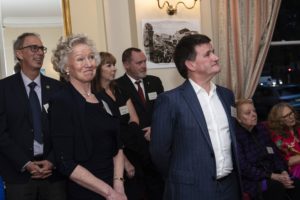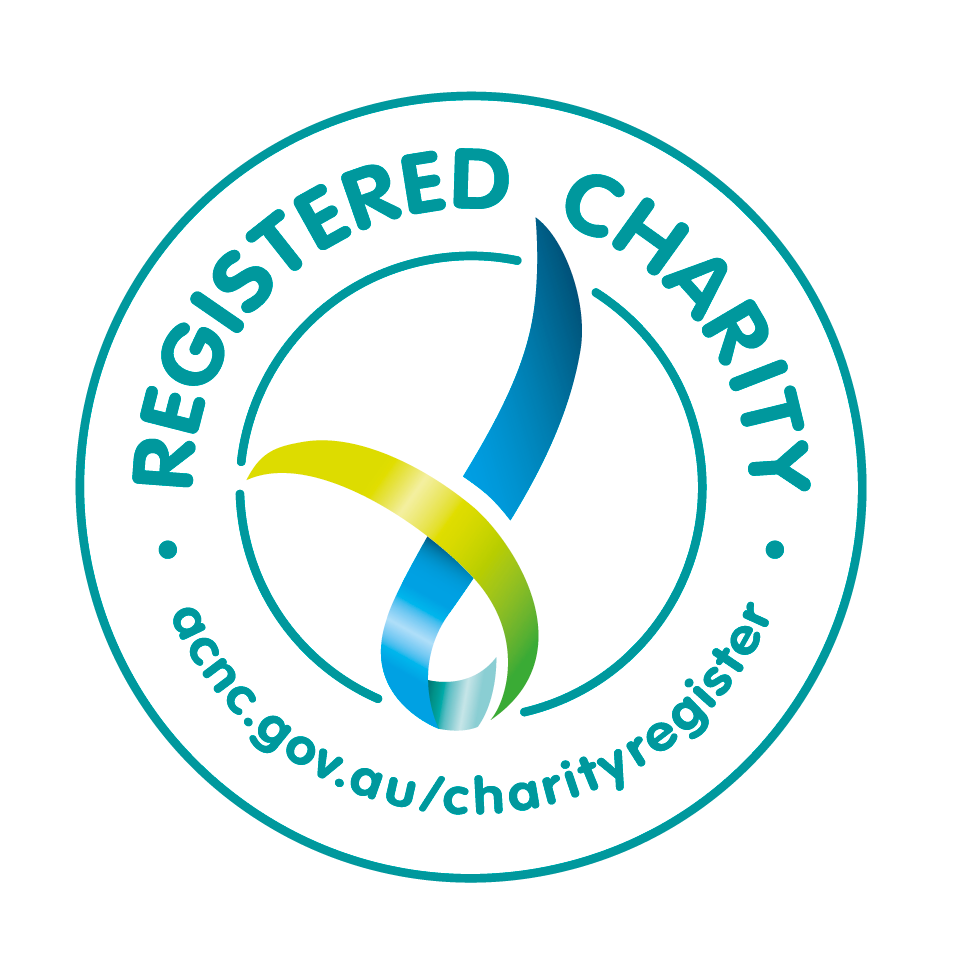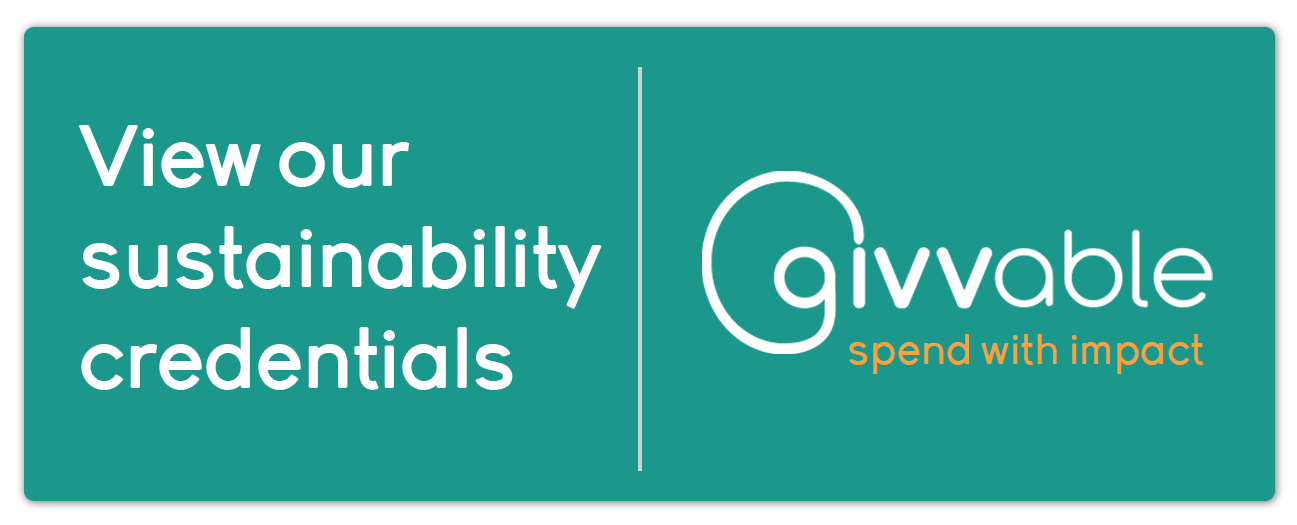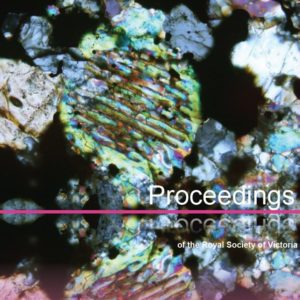There are around 6,500 different types of Australian native foods, but there are many barriers to First Nations people commercialising them. The good news is that 40% of the land mass has been returned to Traditional Custodians, and now with a formalised commercialisation and export strategy for native foods, the opportunities for Indigenous producers are endless.
Prescribed burns are said to mimic First Peoples’ cultural burning practices, but Dr Philip Zylstra argues the use of fire in healing and managing Country is far more complex. Australia is wet enough for things to grow, and dry enough for them to burn. Animals and plants have adapted. And over millennia, First Peoples developed cooperative fire regimes.
This report and position paper from the Royal Society of Victoria (RSV) addresses the conservation and recovery of Australia’s unique biodiversity, particularly in the State of Victoria. It summarises the current state of reviews, responses and policies in Victoria in the broader Australian and global context, with recommendations for action.
Associate Professor Duane Hamacher is at the intersection of Indigenous Knowledge and modern science. He came to Australia to complete a Masters in astrophysics and a PhD in Indigenous studies. At astrophysics conferences, he sometimes struggled to convince peers that Indigenous Knowledge was anything more than folklore. But Indigenous science is dynamic, adapting to changes in the land, seas and skies, built on careful observation over 65,000+ years.
There is no denying that climate change is here. In many of the articles I have written for the Royal Society of Victoria, climate change seems to be a common thread woven among them. In Australia, this means warmer temperatures, less rainfall, and more extreme weather events. How do we ensure our land is ready for the change that is already happening and continues to intensify? Years of attending RSV presentations only reinforce in my mind our desperate need for better land management.








